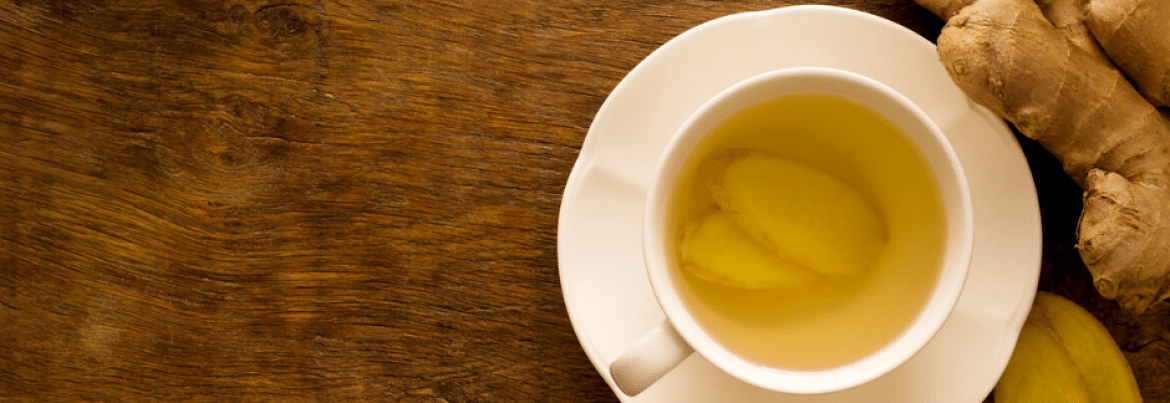22nd January 2020
The characteristic aroma of rectified birch tar oil, a pale to dark brown liquid fragrance ingredient, makes it a popular choice for cosmetics and...

20th December 2019
‘Tis the season for menthol and eucalyptus, as for many of us the winter months are associated with the natural fragrance ingredients commonly found in cold and flu medicines.
Aroma ingredients can help to clear the sinuses and cool inflamed throats, releasing soothing vapours from the inside.
Despite the cold weather outside, cooling flavours are ideal for fighting colds and flu, helping to numb any soreness so you can breathe more easily, if only for a few minutes at a time.
Here are some of the most popular natural remedies to combat colds and flu, and the ingredients popular in over-the-counter preparations.
Menthol helps you breathe more easily. Combining flavour and fragrance into a single ingredient, it tastes sharp and cool, and powers through your respiratory system.
It interacts with cold receptors in the nose and throat so helps to calm coughs. Cooling inflamed throats and clearing blocked sinuses all at once, menthol fully deserves its place as the go-to ingredient for everything from refreshing chewing gum to maximum strength decongestants.
Eucalyptus is menthol’s “partner in crime”, especially in cold and flu remedies where the pair are often found together for their complementary scents and similar effects.
It’s slightly sweet and woodier than menthol, but still has a minty aroma of its own, and is widely used in aromatherapy where eucalyptus steam is inhaled to help cool and clear blocked sinuses.
Not all cold and flu remedies are cooling. Ginger bucks that trend with a sharp and spicy flavour that many people welcome on a cold day.
Instead of leaving your respiratory system feeling ice cold, ginger offers a warming flavour and scent in its raw form. It’s also a common ingredient in home flu remedies thanks to its anti-inflammatory properties and ability to kill rhinovirus germs. You can find ginger in hot honey-based drinks through to alcoholic hot toddies – perfect for this festive season!
Tea tree oil, also known as melaleuca oil, has been associated with antiviral properties that make it a useful addition to flu remedies.
It’s also an expectorant, so it tackles congestion at the same time. However, it should only be used externally as a natural fragrance ingredient as internal consumption can have ill effects on humans.
While the above ingredient treats the direct symptoms of colds and flu like congestion, sore throat and difficult breathing, ylang ylang, in small doses, has been known to calm and relieve the effects of migraines. A very welcome effect during stuffy head colds.
Used in small quantities, it is often overlooked and can enhance inhaled cold remedies in terms of adding complexity of fragrance, and extending the list of potential beneficial effects.
Here at Zanos, we supply a variety of essential oils and aroma ingredients from our trusted suppliers to B2B fragrance and flavour manufacturers.
Email webenquiries@zanos.co.uk or speak to our Sales Specialists on 01565 755899.